Assembled here are key sources that have shaped the modern Middle East, Zionism and Israel. We have included items that give texture, perspective and opinion to historical context. Many of these sources are mentioned in the Era summaries and contain explanatory introductions.

The University of California, Santa Barbara has an impressive collection of presidential papers in its online American Presidency Project. This free resource includes the Messages and Papers of the Presidents from 1789 (Washington) to 1929…
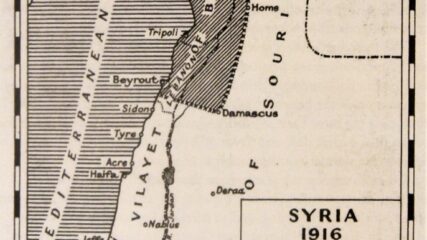
The Sharif of Mecca and Sir Henry McMahon, a British official in Cairo, speaking for the Foreign Office exchanged letters about the current war effort against the Turks, and the future political status of specific Arab lands in the Ottoman Empire. McMahon said then and he repeated the statement again in 1937, that the area of Palestine was definitely excluded from any area to be provided to an Arab leader after WWI. The British allowed the area of Palestine to develop as a “national home for the Jewish people.”

Britain and France secretly divide the Arab provinces of the former Ottoman Empire to meet their own geopolitical interests; no concern offered to political aspirations of indigenous populations.
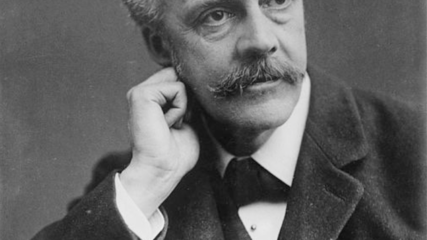
British Foreign Ministry promises to set up a Jewish National Home in Palestine with no harm to non-Jewish populations, or to Jews living elsewhere who might want to support a Jewish home.
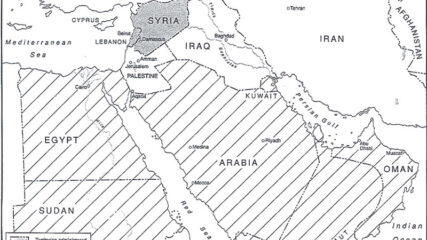
April 25, 1920 In April 1920, the San Remo Conference in Italy determined the boundaries of the territories captured by the allies during World War I. These included boundaries for the political existence of Syria,…

With intentioned ambiguity, Britain asserted that its goal in Palestine was not to make it wholly Jewish or subordinate the Arab population. Self-determination was not promised. Britain wanted to remain ‘umpire’ between the communities. Naively it thought it could control communal expectations and keep the peace.
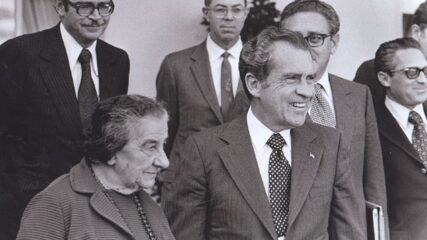
For more than seventy years the US government developed and revised its attitude toward Zionism and Israel. Using published archives, press conferences, speeches and numerous interviews, this compilation of 50 quotations traces how American views of Zionism and Israel changed.
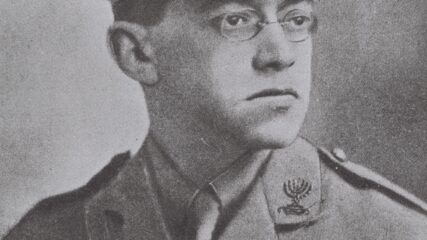
April 11, 1923 Vladimir “Ze’ev” Jabotinsky (October 17, 1880-August 3, 1940) was a Russian-Jewish intellectual, writer, soldier and political activist who founded the Revisionist Zionist movement. A charismatic orator and prolific author, Jabotinsky broke with…

Palestine’s High Commissioner Chancellor seeks to halt the Jewish National Home in favor of the Arabs. He fails to overcome the Zionist drive and Arab unwillingness to cooperate with his intentions.

Speculation again abounds whether a two state solution might be a seriously considered outcome to Palestinian-Israeli differences. A long history of its mention but not its implementation persists. Advocacy by external voices persists, but no one seems ready to make the critical political trade-offs required.

Pressure from Arab leaders in states surrounding Palestine, growing instability in the eastern Mediterranean, and a firm opposition voiced by the British High Commissioner in Egypt, Miles Lampson, caused the British to withdraw the idea of resolving the Arab-Zionist conflict with a two-state solution. Instead, heavy restrictions were imposed in 1939 on the growth of the Jewish National home. Coincidently this policy statement is issued, two days after Nazi Germany attacks Jewish, homes, businesses and synagogues, in what came to be known as Kristallnacht.
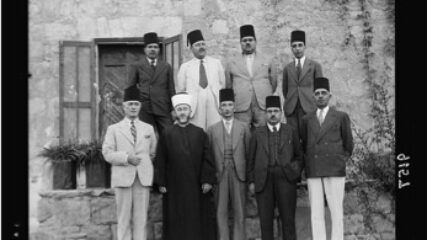
Mufti opposes Arab majority state in ten years contrary to wishes of a dozen key other Palestinian leaders. Mufti wants no Jewish political presence in Palestine whatsoever.

March 16, 1939 Was the area of Palestine excluded from British promises made to Sharif Hussein of Mecca during World War I? A British investigation in 1939 said it was not part of a British…
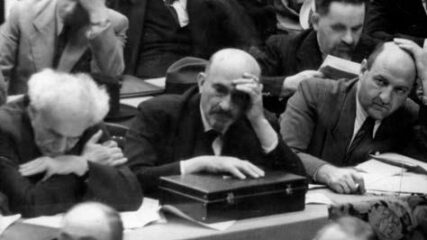
Zionist leaders—David Ben-Gurion, Chaim Weizmann and Eliezer Kaplan—learning of the British intent to limit severely the Jewish national home’s growth. Increasingly, they are also aware of the German government’s hostilities towards European Jewry.

Over four decades, Winston Churchill’s views on Zionism and Jews varied greatly. Without knowing his long held personal beliefs or the policies he adopted while the Jewish state developed, and only reading this speech, one would not know that he was a political opportunist and certainly not a “Gentile Zionist.”
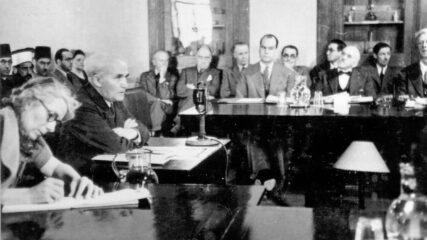
April 20, 1946 Anglo-American Committee of Inquiry, Report to the United States Government and His Majesty’s Government in the United Kingdom, meeting in Lausanne, Switzerland, 1946. Unsure how to manage Palestine’s future, the British and…

Fearing Communist penetration of the Eastern Mediterranean, Truman at the beginning of the Cold War defines the region as a sphere of US national interest.
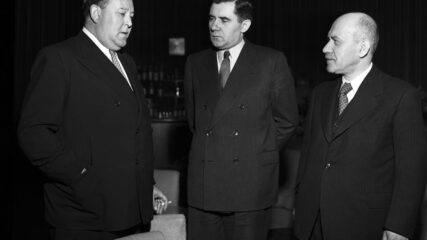
Despite an officially anti-Zionist stance, the Soviet Union, hoping to adopt Israel as a Soviet proxy, takes a pragmatic stance and supports the U.N. partition plan of Palestine into separate Arab and Jewish states.

Published by the British Administration of Palestine, this summary emphasizes attempts at impartiality in governing the Mandate. It notes that in 1922, the Jewish community already possessed ‘national’ characteristics, while the Arab community’s composition was sociologically and economically divided and to a large degree impoverished by the war.
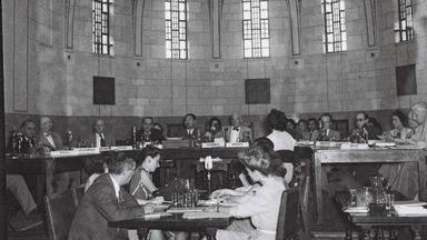
Earlier in 1947, Great Britain turned the future of the Palestine Mandate over to the newly established United Nations. Then in August 1947, the UN suggested that establishing an Arab and Jewish state with a federal union would be the best solution for the communal unrest there.

Loy Henderson, Director of the Office of Near Eastern and African Affairs, U.S. State Department, to U.S. Secretary of State George Marshall
Writing two months before the U.S. voted at the United Nations in favor of Palestine’s partition into Arab and Jewish states, Henderson voices profound dislike for Zionism and a Jewish state. He advocates for cultivating positive relations with Muslim and Arab states. He is one of many at the State Department at the time who saw Zionism as contrary to American national interests.
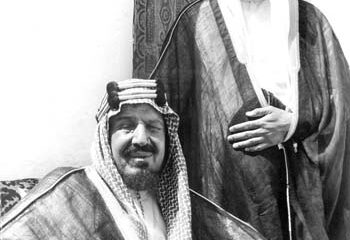
No document better reveals the hostility which most Arab leaders and Arab states had in 1947 for Zionism and for a possible Jewish state. The Saudi King notes “that US support for Zionists in Palestine is an unfriendly act directed against the Arabs.” The King’s views were totally supported by US State Department officials including Loy Henderson and George Kennan who advocated strongly against Truman’s support of a Jewish state.
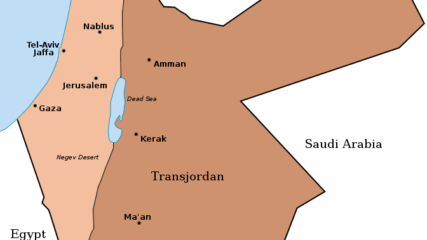
This 10-page report, written by the British Colonial and Foreign Office, along with the 1937 Peel (Royal) Commission Report, is one of the two best summaries of the British presence in Palestine. Both are substantial in terms of content, detail and analyses; both were written from Britain’s perspective. Read these along with 1931 Census for Palestine to have a fuller grasp of the politics and the populations that shaped Britain’s Palestine’s administration from 1918-1948
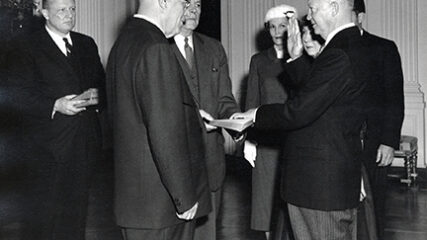
Further reinforcing the Truman Doctrine, the US President promises military or economic aid to any Middle Eastern country resisting Communist aggression.






















